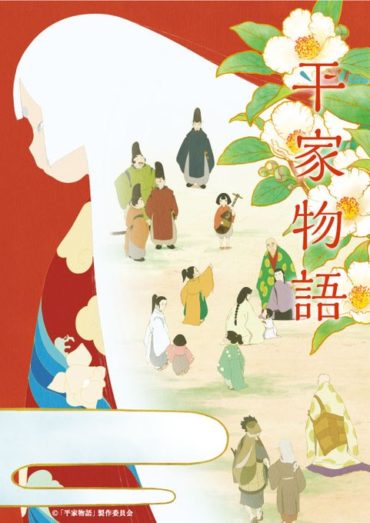Autumn Anime Lookback 2021: The Good, the Bad and the Indifferent
Have you been enjoying the wide variety of titles on offer over this extended Autumn 2021 season? Or have you abandoned any series halfway through? Was this a season that promised much and under-delivered?
Here at Anime UK News, we’ve been looking back – and now we’re ready to highlight the series that lived up to their early promise, mention a few unexpected discoveries – and maybe even express our disappointment over the shows that failed to deliver the goods.
Onosume
This final quarter of 2021 for me has overall delivered a few gems and a bunch of pretty decent shows that I have enjoyed week-on-week, even if some didn’t stick the landing.

Some of the latter include takt op. Destiny (Crunchyroll) which was a largely fun romp and a cheaper attempt at creating something like Symphogear until its anti-climax, overly predictable villains and “gotta tie this into the mobile game!” cash grab all came down hard on it at the end. You then had Puraore!: PRIDE OF ORANGE (Funimation) which turned out to be charming and inoffensive take on ice-hockey, even if it did feel very predictable and low-stakes at times, while The Great Jahy Will Not Be Defeated! (Crunchyroll) was a good laugh throughout, although again felt like it ended on a bit of an anti-climax as it set itself up for a potentially exciting confrontation then pulled back hard from it (although considering how the show had been up until that point, I should have known!).
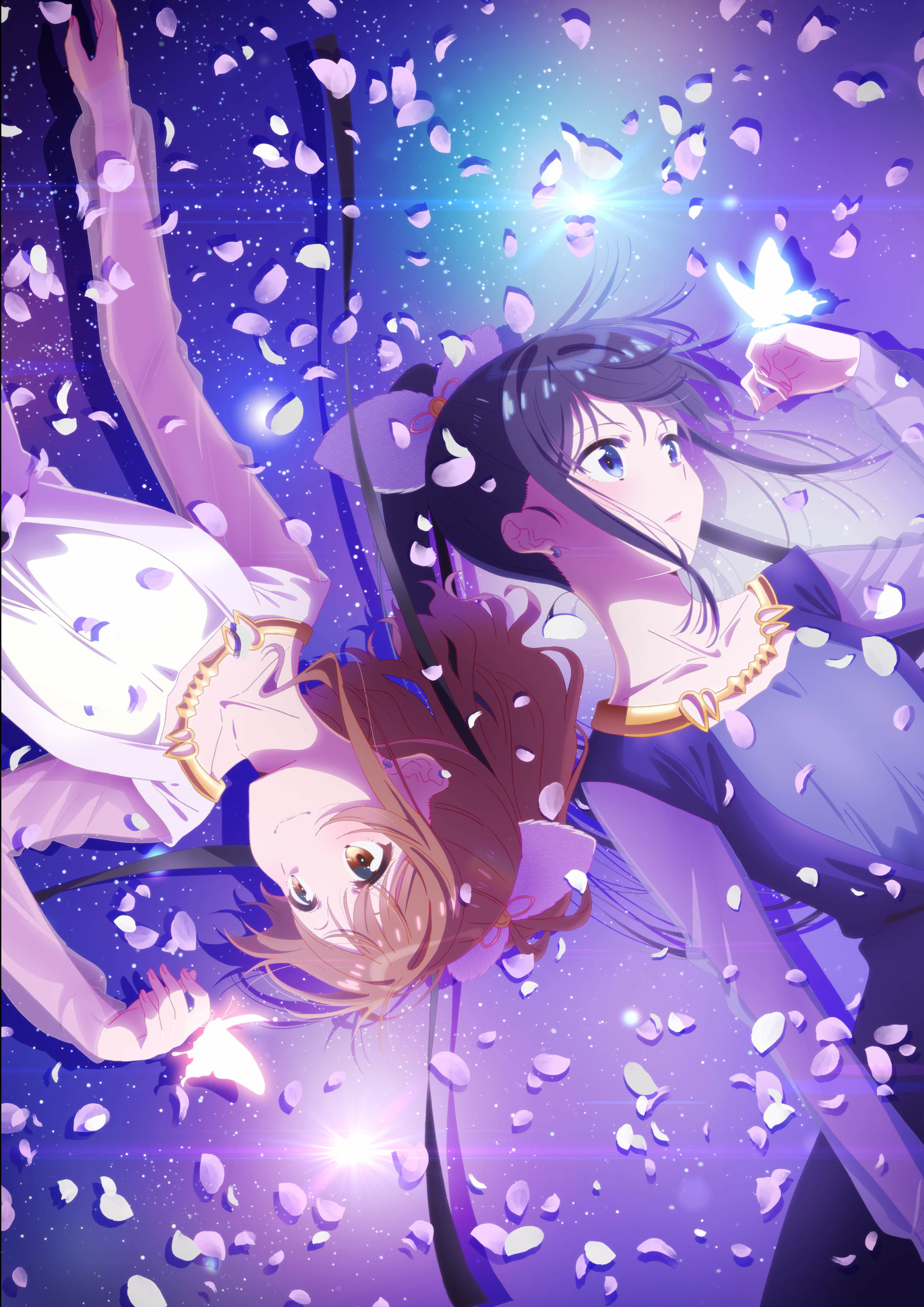
As for my favourites, let me first turn my attention to Selection Project (Funimation) which was the idol show that broke the genre’s duck this year with a fun new format and some well-placed dramatic moments. The show sets itself apart by pitting our nine idol hopefuls against each other in a reality TV show that’s a mixture of things such as The X Factor, Big Brother, and Terrace House, where the girls move into a dormitory on a private island and compete in tasks for viewers’ votes (called cheers or “yells”). It’s something that hasn’t really been done before and felt quite refreshing as the girls inevitably clash and struggle against each other with them all living under one roof.
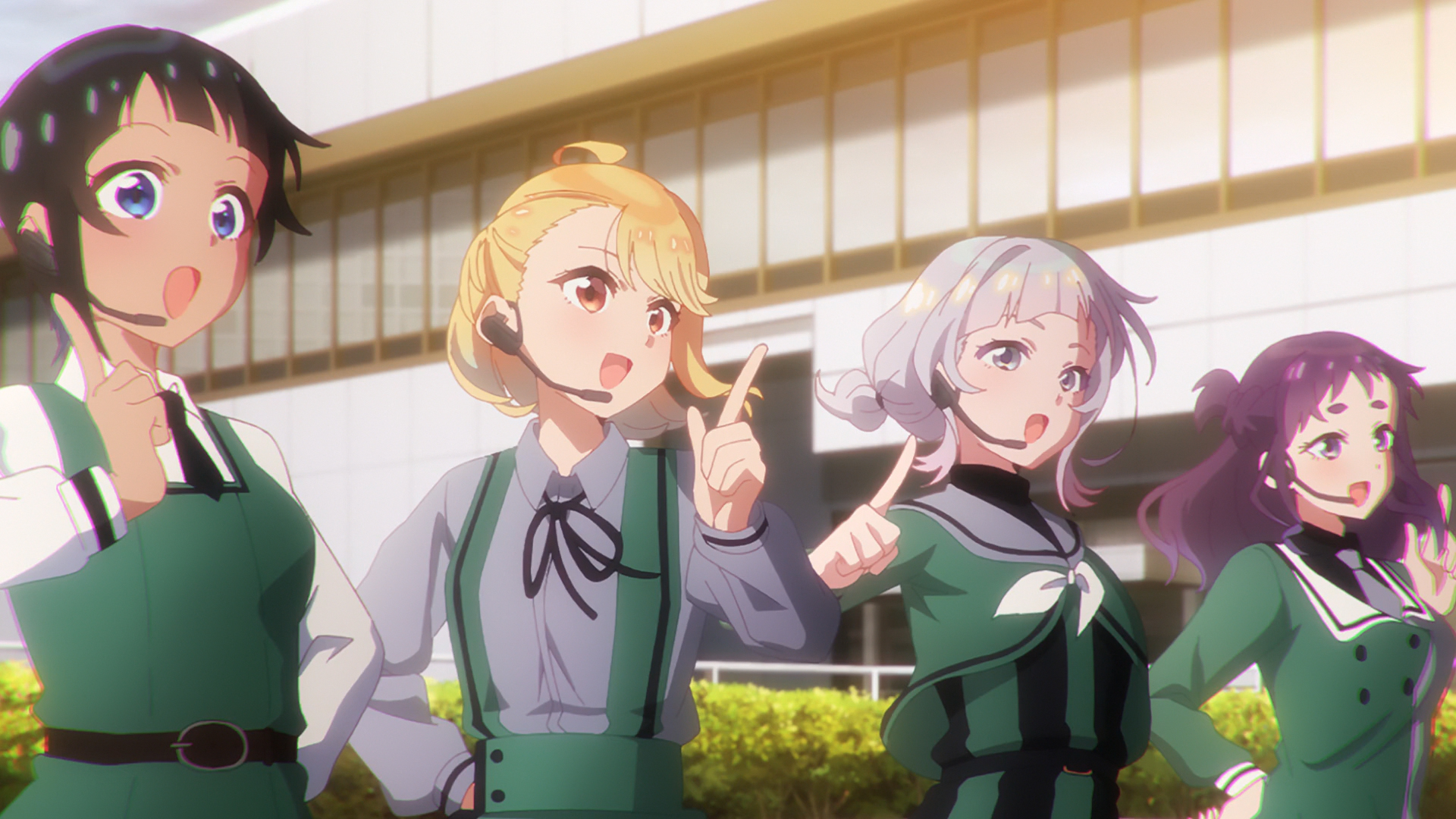
The characters are a fun bunch, and all have different personalities and come from different walks of life, meaning that although they all want the same thing, they’re doing it for different reasons. While the crux of the plot comes down to the two main characters, Suzune and Rena, it still gives enough time to the rest of the cast so that you can pick your favourite girl to root for in the competition. That said, I still think that Sumipanda (both the character and the guy in the suit, Jun) is the best character in the show, and I enjoyed his journey from being seen as a heartless PR monster who gives the girls hell to the only one that is willing to save them all in the end.
I enjoyed the more dramatic parts of the story too, even if the big dilemma at the end was foreshadowed from a mile off. I did reference in the preview that it has some similarities with the earlier Idoly Pride, and I preferred how such elements were handled here, as it doesn’t involve any romance and actually digs into the core of what idols are all about – putting a smile on somebody’s face and giving them hope and dreams. Suzune’s transformation from the sick little girl to an idol giving hope to kids who are in the same position she was is great to see, and I appreciated that the drama around her illness tied Suzune and Rena together as close friends in the end.
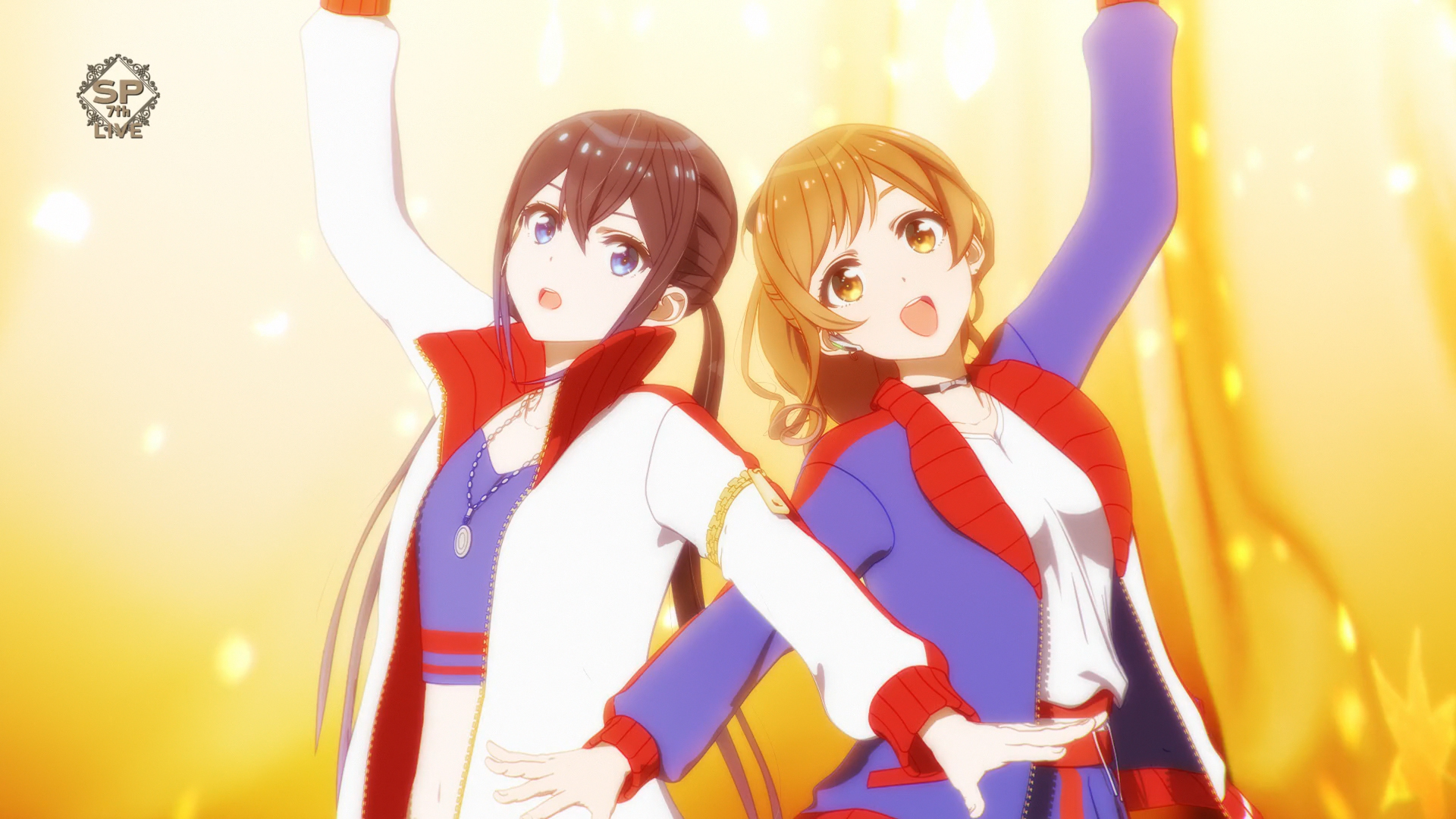
With idol shows, however, music is one of the key parts that I personally look closely for, so I’m also pleased to say that Selection Project offers a decent selection of tunes to bop your glowsticks to. “Glorious Days” (the opening theme) and “Only one yell” (the ending theme) are probably the strongest and are the key songs that weave through the anime’s themes, but there also decent songs from each of the subunits that are formed that admirably grasp the pop, cute and cool vibes that are common in idol music.
When compared with other idol shows this year, I don’t think it matches the same level of audio-visual treat that Love Live! Superstar!! offered nor can it stand up to the craziness of Zombie Land Saga Revenge, but in terms of its story, characters and as an overall package I think it punched far above its weight and emerged as one of the best.

My other favourite goes to The Aquatope on White Sand (Crunchyroll) which I think ended up a strong but flawed outing for P.A. Works and screenwriter Yuuko Kakihara (who penned their 2018 show, IRODUKU: The World in Colors). The first half of this show is definitely its strongest, as it is able to fully connect all of its characters through a common goal of saving Gama-Gama Aquarium from closure, which comes to a pretty satisfying mid-season climax that heartbreakingly puts the writing on the wall. Up to this point, the show is a very enjoyable coming-of-age drama that paints the struggles of Kukuru, Fuuka and the rest of the Gama-Gama gang with a beautiful but unyielding brush, unafraid to show a business at the end of its life. I loved seeing the developing friendships and relationships between the cast and everyone had something to give. Meanwhile the tropical setting really came through in the art with Okinawa looking very pretty throughout.
After its big turning point, however, it loses the benefit of having a goal to keep everyone together and it never really carries itself forward in the same way. As a result, it changes very deliberately into a literal slice-of-life show, that shows us a particular fragment of the characters’ lives.

The main focus here is, of course, on Kukuru, as she is thrust into a marketing job at the new Tingarla aquarium that she doesn’t particularly want (instead preferring to be more hands-on with the sea creatures), and is placed under an abusive boss to boot who calls her “plankton” all of the time (which to me read as the English and more landlubberly equivalent of calling someone “worm”) and gives her challenging assignments without any clear explanation.
Whether you enjoy this half, I think, rests on your investment in Kukuru as a character, as it’s very much her journey from green-behind-the-ears new starter to the potential manager material that Tingarla’s owner wants her to be. I personally rather enjoyed it and got a lot of satisfaction out of the series’ conclusion, but if you are here for some of the other characters then you might end up losing your interest as it either doesn’t develop them as well or leaves them hanging unfinished at the end. The only other characters that get decent development and payoff are Fuuka, who also grows immensely as she takes an interest in ocean conservation, and Chiyu, who we saw briefly in the first half but becomes a key character in the second, as we find out her reasons for being so initially hostile towards the Gama-Gama crew.
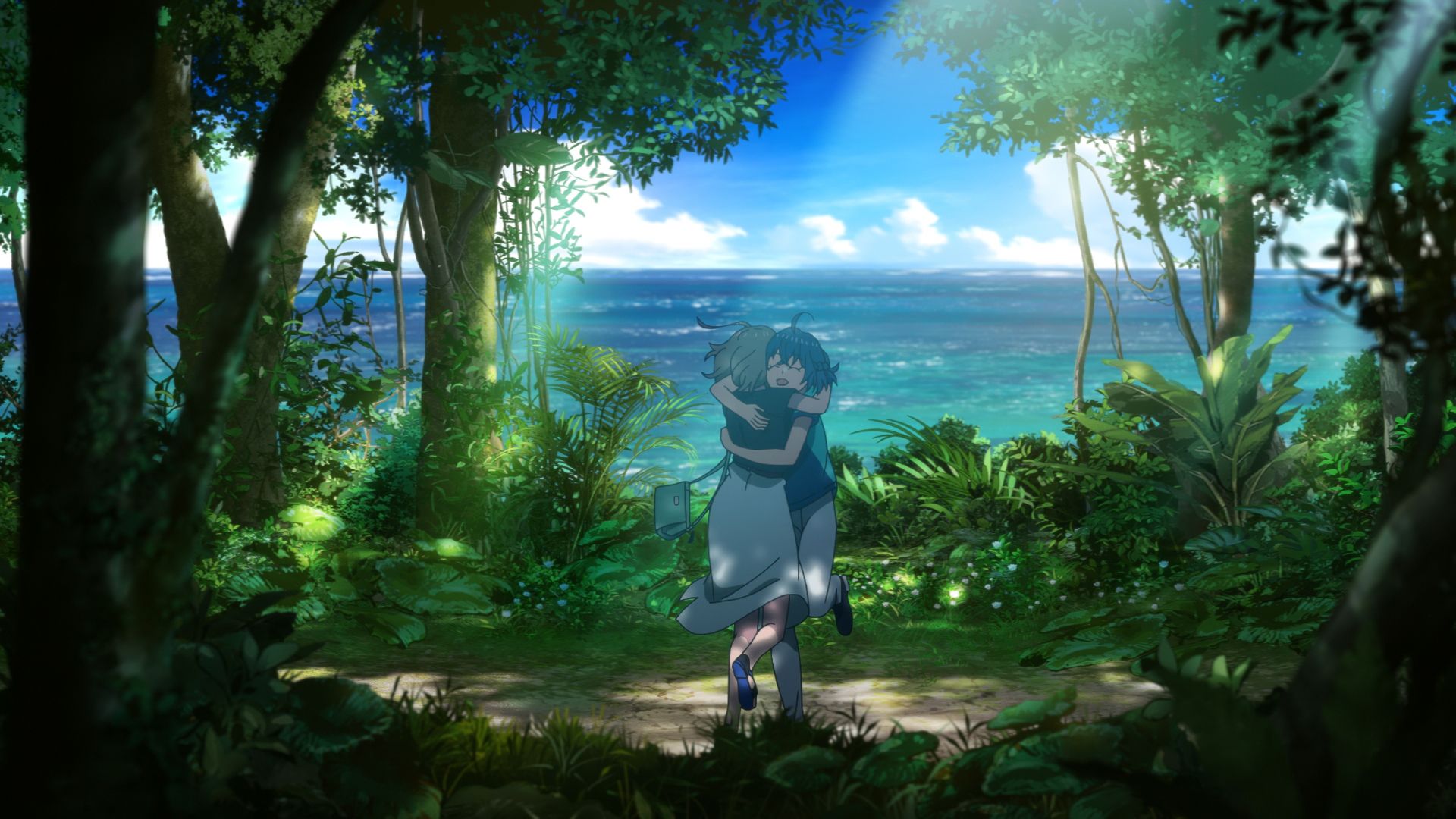
It’s definitely a slow-burn though, and it will occasionally have you confused about what the point of all of this is, and while I don’t think there’s a clear one, it does have some core messages it wants you to take note of, such as in finding another way in life when your dream doesn’t turn out, and in looking after and respecting the environment and the rest of the creatures we live with. Ultimately though, this is a story about two young women trying to find their way in life. It’s not big or dramatic, it’s just… life, and that is all it needs to be.
Demelza
When we started the Autumn season I was excited about quite a few shows, but sadly my enthusiasm quickly fizzled out. The series I had been most enthusiastic about was Sakugan (Crunchyroll) which I felt had the potential to become one of my favourite shows of the year. The setting and humour were vaguely similar to Deca-Dence, which I absolutely loved in 2020, and I was looking forward to seeing where the story went. However, while the series started off strong, I felt that it faltered as it went on, since it gradually moved away from the single focus on Memempu and Gagumber’s quest and became an ensemble piece. Our two lead characters were soon joined by others and although they continued to move toward their end goal, the storylines became somewhat episodic and to me felt like they were wasting time. This isn’t helped by the fact the story never came to a conclusion before the series ended and although it did tease a second season, nothing has been confirmed at the time of writing.

While the series I had the most expectations for may have fallen flat, I was still delighted in the end by Rumble Garanndoll (Funimation). This is set in 2019 in a world where a rift opened above Japan that led to an alternate world called Shinkoku Nippon. In this parallel version of Japan, military might reigns supreme and it’s not long before they’ve taken over our Japan and outlawed all the otaku culture we know and love, including manga, anime, idols and so forth. The story follows the protagonist Hiromasa, who ends up involved with a resistance group that is desperately fighting to regain control of Japan and reintroduce everything that has been taken from them.
The big problem is that the group can only fight off Shinkoku Nippon with a giant robot, powered by a “Battery Girl” whose spirit is a fickle thing. Hiromasa ends up a pilot for the robot, but his job isn’t limited to just fighting as he also needs to build up the enthusiasm of his Battery Girl partner which involves indulging in her anime-driven fantasies and yelling out embarrassing attack names and generally acting like an anime protagonist (later we’re introduced to more of these girls who similarly need Hiromasa to act in embarrassing ways). The first episode quickly won me over with its charming cast and interesting concept, as well as the colourful animation from studio Lerche.
Unfortunately, like Sakugan, this one didn’t finish off its story either, although the ending was a little more satisfactory. At the very least Rumble Garanndoll was entertaining from start to finish with a good sense of comic timing, while making references to otaku culture that will delight viewers. It also managed to tell emotional stories about what these hobbies meant to the cast and why it’s important for both them and us to embrace what we love, which I am always happy to see. Even if this one never continues, it will be memorable for its concept alone, but I truly hope it does return, since it was so much fun and evidently has more to say.
Sarah
Honorable mentions, first of all: Taisho Otome Fairy Tale a modest but genuinely affecting snapshot of two young people living together in highly unusual circumstances in the early 1920s (an ominous time period) and the others they get to meet (Funimation) and The Faraway Paladin (Crunchyroll) which, although strictly speaking an isekai, is more of an epic fantasy tale with an unusually well imagined world (although inevitably derivative with elves, wyverns, etc.). One annoyance for me, though, is keeping the same seiyuu for hero Will once he’s fully grown; she has a girly voice which just doesn’t match the image of the young and powerful priest/paladin. Also, unusually, the author of the light novels communicates with their overseas fans via Twitter after each episode in several languages (French, English, Spanish); impressive!
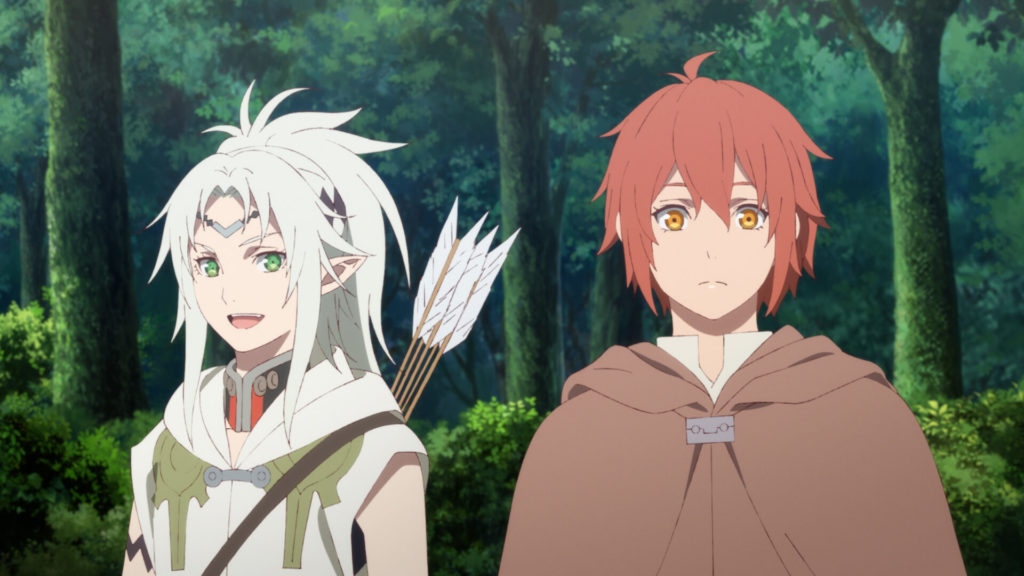
This season, though, I’ve been disappointed with several titles that promised much and under-delivered, the main one for me being takt.op Destiny (Crunchyroll). I should know by now to beware of anything attached to a game in some way but the premise (based on classical music) reeled me in.The use of music was way too random, even though the creative team had taken a lot of care when animating hero Takt playing the piano. The clumsy insertion of works by Beethoven, Mahler and Gershwin ultimately proved that the music was just a gimmick that hadn’t been properly thought through. Bring back Classicaloid!
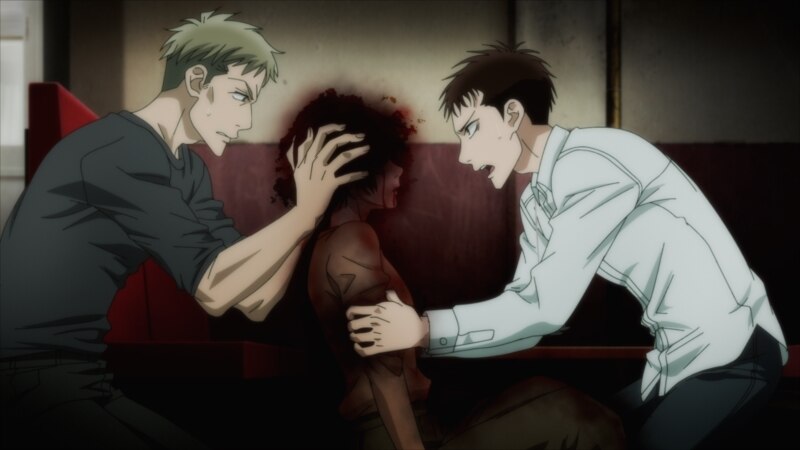
My two main series were Blue Period (Netflix) and The Night Beyond the Tricornered Window (Crunchyroll). Both are based on manga that I’ve reviewed (and recommended) and both have been very faithful to the works they’re based on. Blue Period is the better animated of the two – but once Tricornered Window had recovered from a bumpy start, the studio made a gripping and compulsive watch out of this supernatural mystery, even though they could really have done with a bigger animation budget. Luckily, they chose a great cast of voice actors whose talents made up for the less-than-stellar animation.
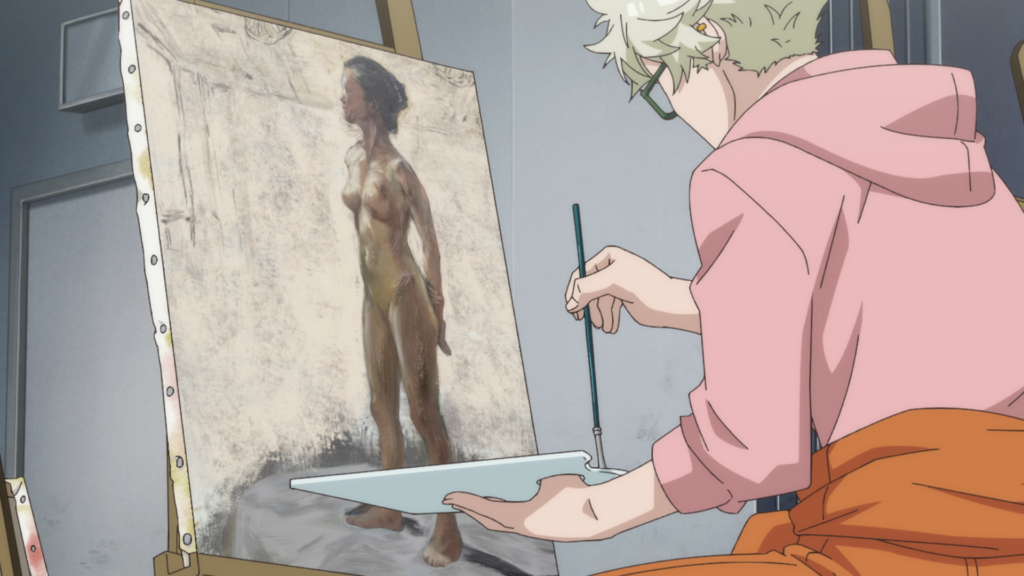
The animation for Blue Period is more accomplished and the character designs are very faithful to the original manga, as is the series itself. Blue Period focuses on the final year of high school – and what happens if you don’t decide to follow the conventional path your parents and teachers have mapped out for you. Whether it be Yuka, in full, head-on clash with her father over her decision to live as a woman, or Koigakubo who looks like a bruiser but secretly yearns to train as a patissier or main protagonist Yatora who decides to take up art, abandoning the conventional path to university and a safe career that everyone else expected him to follow. Blue Period is a quiet but intense story about following your dreams – and the sheer hard slog of practicing the skills you need to acquire to become an artist. It deserves a wider audience – perhaps Netflix hasn’t been the best place for it to begin its run?
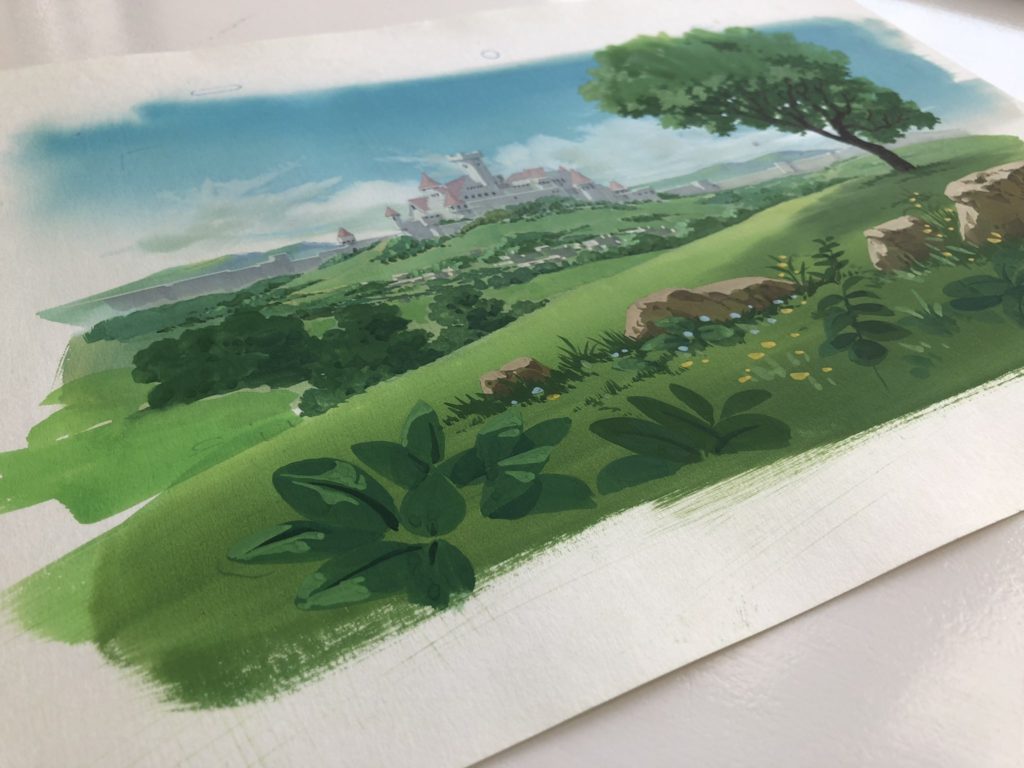
Ranking of Kings (Funimation and Crunchyroll) started airing late in the season but instantly garnered attention and admiration. With its extraordinary opening song ‘BOY’ by King Gnu, coupled with a very different style of character design that hearkens back to the early days of anime, how could it fail? But let no one be deceived by the pretty fairy-tale backgrounds; original mangaka Sōsuke Tōka lures the viewer in and then proceeds to reveal a story that is steeped in darkness, deceit and betrayal (his dramatic change of career from salaryman to mangaka at 41 is a story in its own right!). Young Prince Bojji is deaf, of small and frail stature and struggles to speak – and yet he’s possessed of a tremendous desire to succeed and do good. He gains a companion, the wily Kage, one of the strange and persecuted shadow people, who’s had to fend for himself from an early age. The adults around Bojji mostly behave badly; they have secret agendas of their own which they pursue ruthlessly in a way that’s more Game of Thrones than even a Grimm fairy tale!

The Heike Story (Funimation) straddled two seasons but caught my attention straight away because it’s based on the tale of the twelfth century clan wars that divided Japan: the legendary clash between the Heike (Taira) and the Genji (Minamoto) brought down to us in an epic collection of poems and stories. I first came across this in the film Kwaidan (1965) which has a remarkable recreation of the decisive sea battle of Dan-no-ura which forms the climax of this anime as well. In Kwaidan, the epic sea battle is re-told by a blind biwa player, Hoichi – and the central character here is a young girl, also known as Biwa who is adopted into the wealthy Taira family of Lord Shigemori. He realizes that she has the same gift/curse as he has: heterochromic eyes, through which she can see the future and he can see the ghosts of the dead. It’s soon apparent to us that Biwa will become the voice that carries the clan’s stories into the future by making them into songs, long after they are gone. The series is exquisitely drawn and animated by Science Saru. It’s very different from anything else that was released last year and you don’t need to know the source material to enjoy watching it. Highly recommended.
Ranking of Kings and The Faraway Paladin are continuing for second seasons in 2022.
Cold Cobra
Well, in the Autumn preview I talked about three series, though one briefly, due to it not really starting until a few weeks ago: Demon Slayer’s Entertainment District Arc. That has been enjoyable so far but the first four or five episodes of an arc aren’t really enough to talk about and it’s therefore probably best to review in the Winter sum-up article if anywhere at all, so let’s move on to the other two!
First I’d like to talk about Blade Runner: Black Lotus (Crunchyroll). Now I didn’t know how many episodes it had nor that it would take a couple of weeks off so we’re not actually finished with the series yet but the story so far has been mixed, leaning towards good. It was a slow burn to begin with, which for the two Blade Runner films is fine, being 2 hour plus movies and all, but for a CG series with weak CG airing weekly it left a lot to be desired. Our lead protagonist Elle is your standard amnesiac with great fighting skills and the story focuses on unveiling her past, which is a perfectly fine story trope though a little on the over-played side of things.
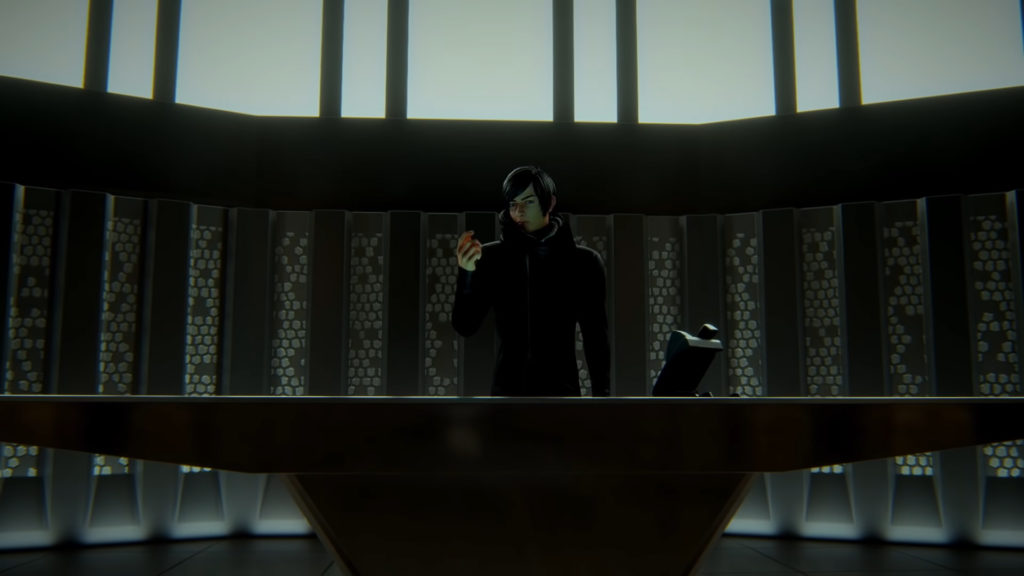
Joseph the Blade Runner looks cool and acts all distant and edgy but hasn’t really done a lot yet. Some action scenes are really great, smooth and fluid, but general scenes of characters walking or picking up items seem really stilted and awkward. A lot of the character models look really undetailed and low-rez yet some of the backgrounds are extremely detailed and look fantastic. It really is an odd series to follow, as it can give you quite a range of emotions per episode! I will say that the background music by Blade Runner 2049 composer Michael Hodges is great throughout, though I guess that shouldn’t come as a surprise. Overall I’m enjoying it, though I don’t know if it’s just my love for the Blade Runner universe that’s keeping me focused on the times it’s good compared to the time’s it’s… well, not.
The other series I talked about was JoJo’s Bizarre Adventure: Stone Ocean, which dropped its first bunch of episodes on Netflix. I actually talked in detail about this first batch on this very site, so I’ll keep it brief here: basically it’s another great adaptation from David Productions and Part VI: Stone Ocean itself and its female-led cast and prison setting mixed with the weird and wonderful world of Hirohiko Araki’s Stand and cliffhanger-filled story made for a great combination. It comes highly recommended!
HWR
Looking back at my selections from near the start of the season I was mostly happy with what titles I chose to watch, though admittedly some series didn’t quite leave me satisfied for one reason or another.

Banished from the Hero’s Party, I Decided to Live a Quiet Life in the Countryside was a solid watch for the most part, but the final arc simply didn’t end the anime on a high, feeling a bit clichéd and underwhelming in how the events unfolded. That said the first 2/3rds of the anime were enjoyable enough, and I’d watch a second season to see how these characters progress.
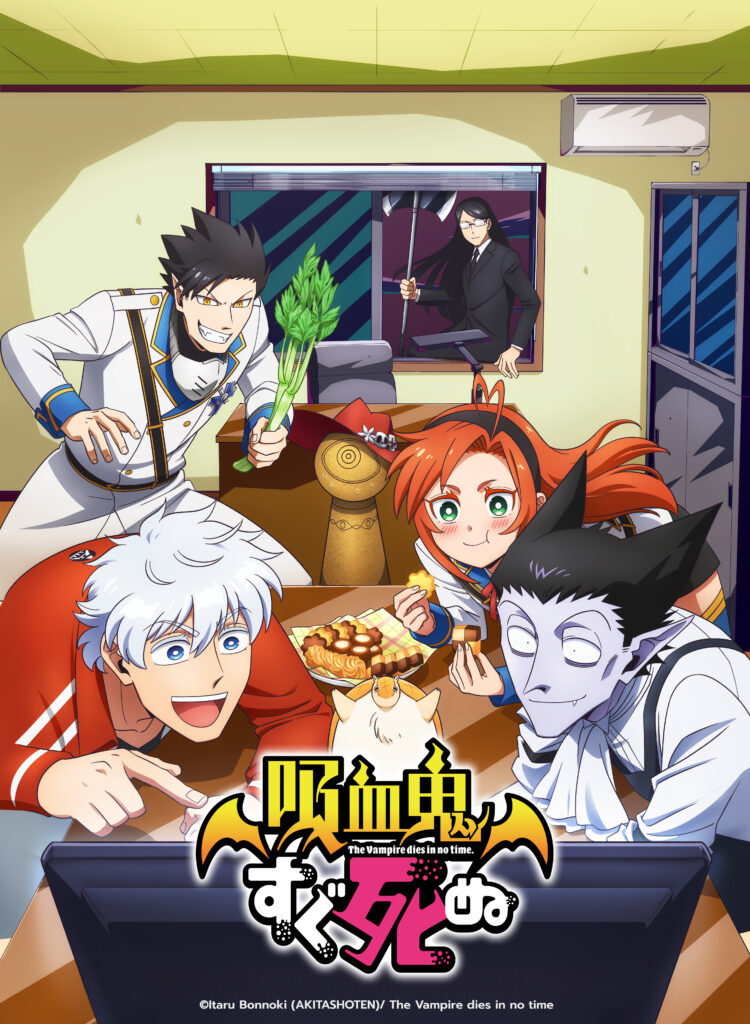
I’m happy to report that The Vampire Dies in No Time was fun all the way through, offering a humorous experience throughout thanks to its cast and quirks, especially the pairing of Ronald and Draluc, rarely seen without the adorable armadillo John by their side. (This has been renewed for a second season. Ed.)
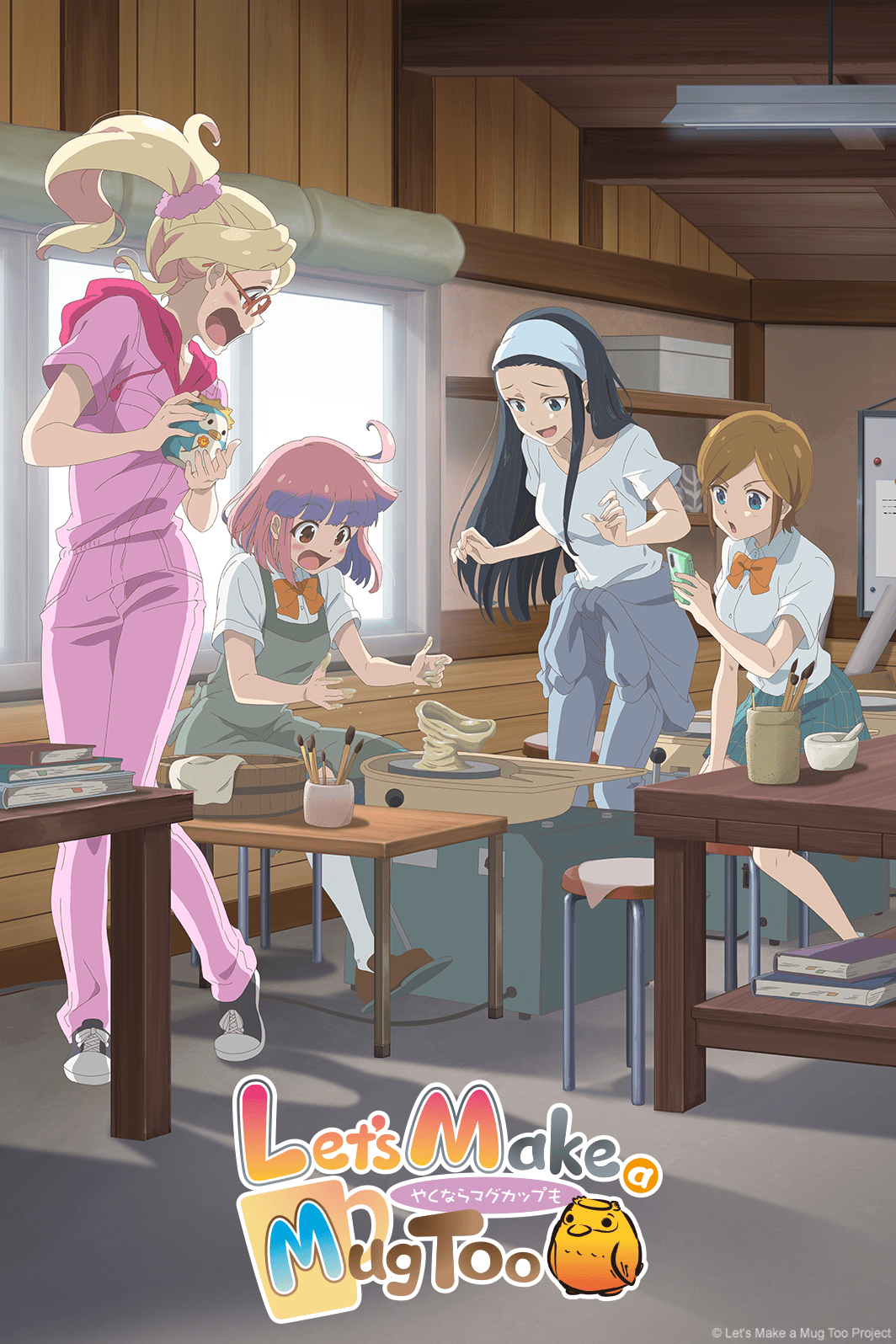
Let’s Make a Mug Too as a second season managed to be a stronger set of episodes week-on-week, offering some developments for the cast and some emotional moments as well which were a nice accompaniment to the more relaxed atmosphere the series portrayed previously.
Banished from the Hero’s Party, I Decided to Live a Quiet Life in the Countryside and The Vampire Dies in No Time are available to stream on Funimation whilst Let’s Make a Mug Too is streaming on Crunchyroll.


